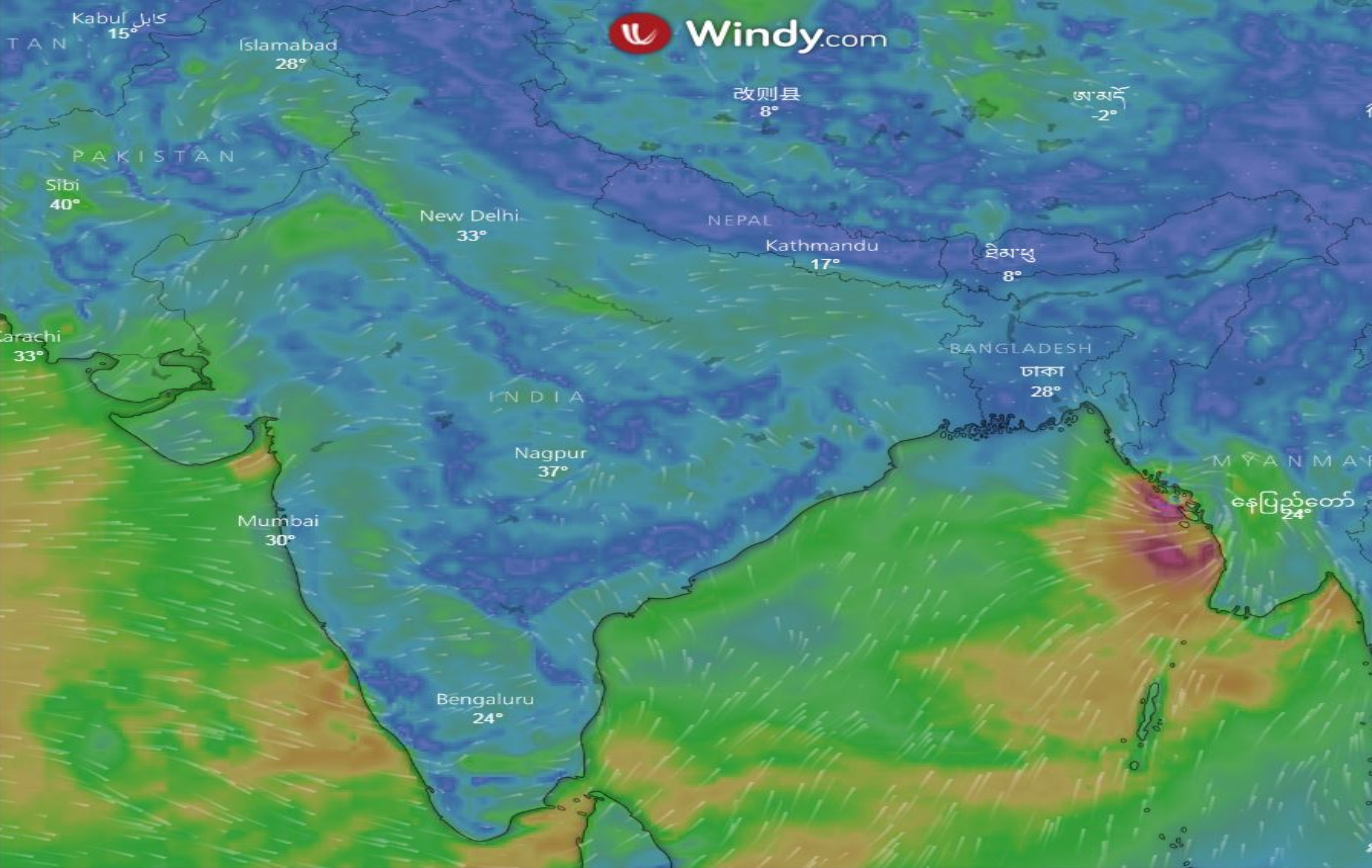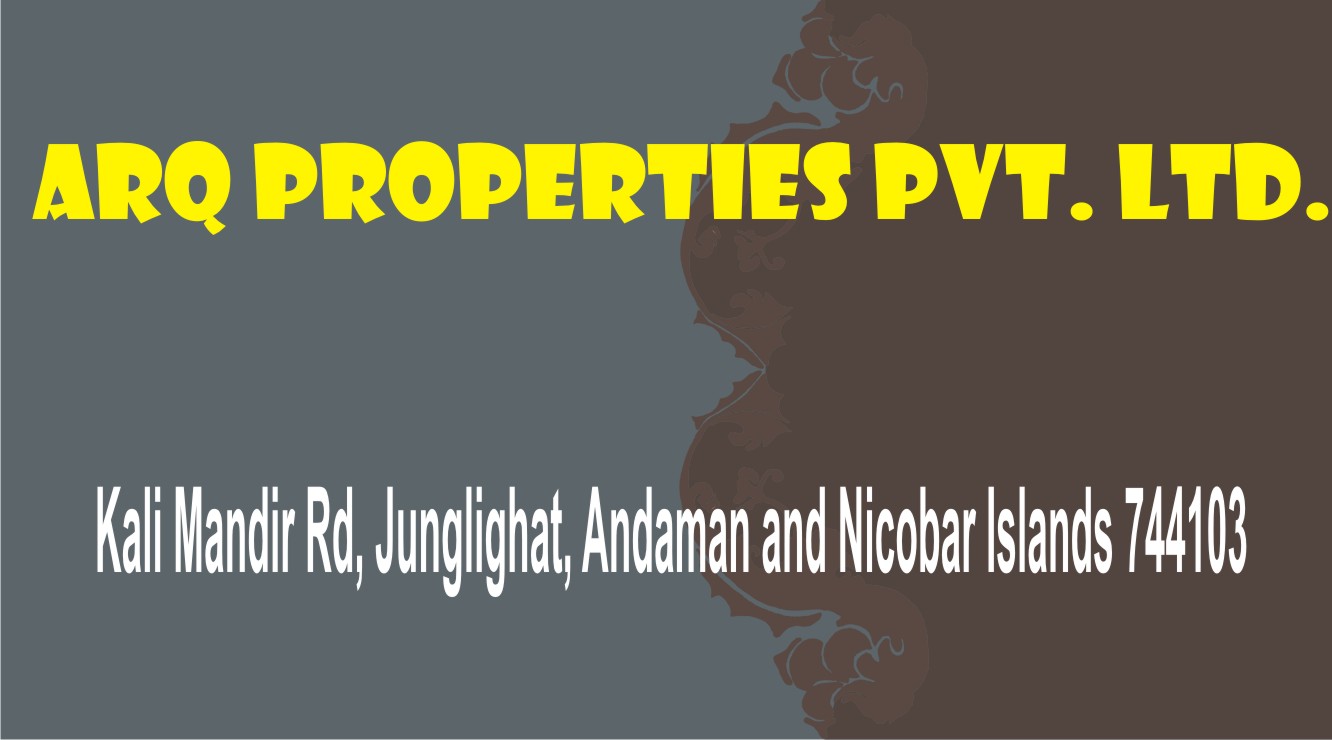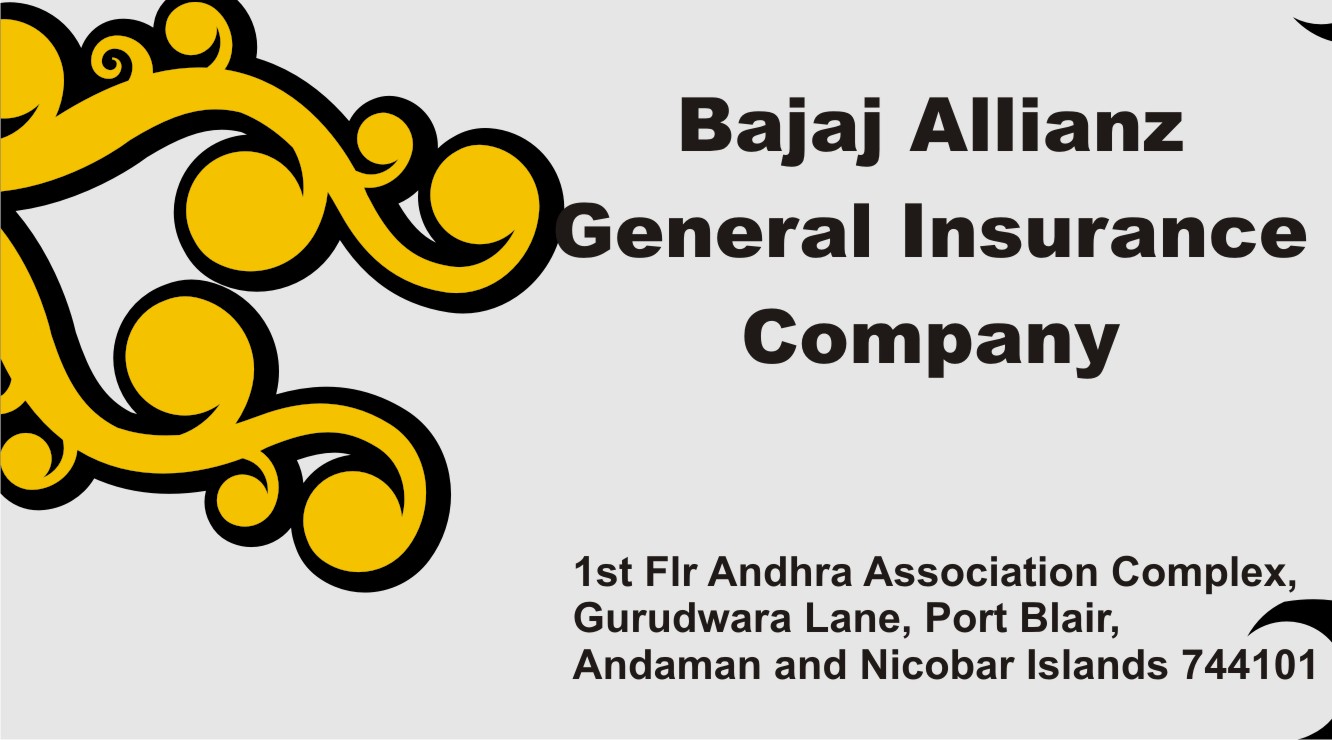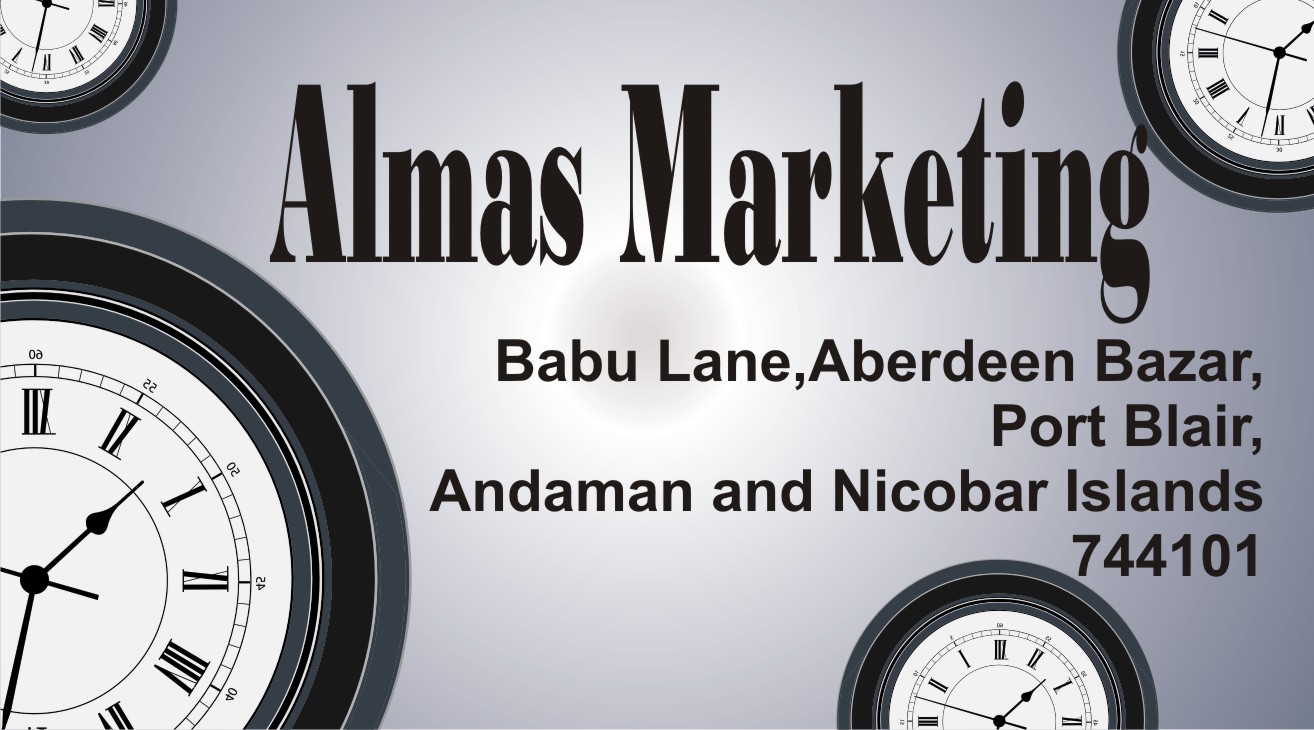History
The earliest archaeological evidence yet documented goes back some 2,200 years. However, genetic and cultural studies suggest that the indigenous Andamanese people may have been isolated from other populations since some time during the Middle Paleolithic, which ended 30,000 years ago. Since that time, the Andamanese have diversified into distinct linguistic, cultural and territorial groups.
The Nicobar Islands appear to have been populated by people of various backgrounds. At the time of the European contact, the indigenous inhabitants were the Nicobarese people, speaking a Mon-Khmer language; and the Shompen, whose language is of uncertain affiliation. Both are unrelated to the Andamanese, but being closely related to the Austroasiatic languages in mainland Southeast Asia.
Chola empire period
Rajendra Chola I (1014 to 1042 AD), a chola emperor used the Andaman and Nicobar Islands as a strategic naval base to launch an expedition against the Sriwijaya Empire (Indonesia). The chola empire called the island as Ma-Nakkavaram[great open/naked land] which is also found in the Thanjavur[Tamil Nadu] inscription of 1050 AD. European traveller Marco Polo (12th-13th century) also referred to this island as 'Necuverann' and a corrupted form of Tamil name Nakkavaram would have led to modern name Nicobar during British colonial period.
Maratha empire
The islands also provided a temporary maritime base for ships of the Maratha Empire in the 17th century. The Maratha navy's admiral Kanhoji Angre established naval supremacy with a base in the islands and is credited with attaching those islands to India.
Danish colonial period and British Raj
Andaman Cellular Jail
The history of organised European colonisation on the islands began when the Danish settlers of the Danish East India Company arrived in the Nicobar Islands on 12 December 1755. On 1 January 1756, the Nicobar Islands were made a Danish colony, first named New Denmark, and later (December 1756) Frederick's Islands (Frederiksøerne). During 1754–1756 they were administrated from Tranquebar (in continental Danish India). The islands were repeatedly abandoned due to outbreaks of malaria between 14 April 1759 and 19 August 1768, from 1787 to 1807/05, 1814 to 1831, 1830 to 1834 and gradually from 1848 for good.
From 1 June 1778 to 1784, Austria mistakenly assumed that Denmark had abandoned its claims to the Nicobar Islands and attempted to establish a colony on them, renaming them Theresia Islands.
In 1789 the British set up a naval base and penal colony on Chatham Island next to Great Andaman, where now lies the town of Port Blair. Two years later the colony was moved to Port Cornwallis on Great Andaman, but it was abandoned in 1796 due to disease.
Denmark's presence in the territory ended formally on 16 October 1868 when it sold the rights to the Nicobar Islands to Britain, which made them part of British India in 1869.
In 1858 the British again established a colony at Port Blair, which proved to be more permanent. The primary purpose was to set up a penal colony criminal convicts from the Indian subcontinent. The colony came to include the infamous Cellular Jail. In 1872 the Andaman and Nicobar islands were united under a single chief commissioner at Port Blair.
World War II
Japanese occupation of the Andaman Islands
During World War II, the islands were practically under Japanese control, only nominally under the authority of the Arzi Hukumate Azad Hind of Netaji Subhash Chandra Bose. Bose visited the islands during the war, and renamed them as "Shaheed-dweep" (Martyr Island) and "Swaraj-dweep" (Self-rule Island).
General Loganathan, of the Indian National Army was made the Governor of the Andaman and Nicobar Islands. On 22 February 1944 he along with four INA officers — Major Mansoor Ali Alvi, Sub. Lt. Md. Iqbal, Lt. Suba Singh and stenographer Srinivasan—arrived at Lambaline Airport in Port Blair. On 21 March 1944 the Headquarters of the Civil Administration was established near the Gurudwara at Aberdeen Bazaar. On 2 October 1944, Col. Loganathan handed over the charge to Maj. Alvi and left Port Blair, never to return. The islands were reoccupied by British and Indian troops of the 116th Indian Infantry Brigade on 7 October 1945, to whom the remaining Japanese garrison surrendered.
Post Independence
Japanese military delegation salute Lieutenant Colonel Nathu Singh, commanding officer of the Rajput Regiment, following their surrender of the Islands, 1945.
During the independence of both India (1947) and Burma (1948), the departing British announced their intention to resettle all Anglo-Indians and Anglo-Burmese on these islands to form their own nation, although this never materialised. It became part of India in 1950 and was declared as a union territory of the nation in 1956.
India has been developing defence facilities on the islands since the 1980s. The islands now have a key position in India's strategic role in the Bay of Bengal and the Malacca Strait.
2004 tsunami
On 26 December 2004 the coasts of the Andaman and Nicobar Islands were devastated by a 10 m (33 ft) high tsunami following the 2004 Indian Ocean earthquake. More than 2,000 people lost their lives, more than 4,000 children were orphaned or suffered the loss of one parent, and a minimum of 40,000 people were rendered homeless. The worst affected Nicobar islands were Katchal and Indira Point; the latter subsided 4.25 metres (13.9 feet) and was partially submerged in the ocean. The lighthouse at Indira Point was damaged but has been repaired since then. The territory lost a large amount of area which is now submerged. The territory which was at 8,073 km2 (3,117 sq mi) is now at 7,950 km2 (3,070 sq mi).
While locals and tourist of the islands suffered the greatest casualties from the tsunami, most of the aboriginal people survived because oral traditions passed down from generations ago warned them to evacuate from large waves that follow large earthquakes.
Read more













